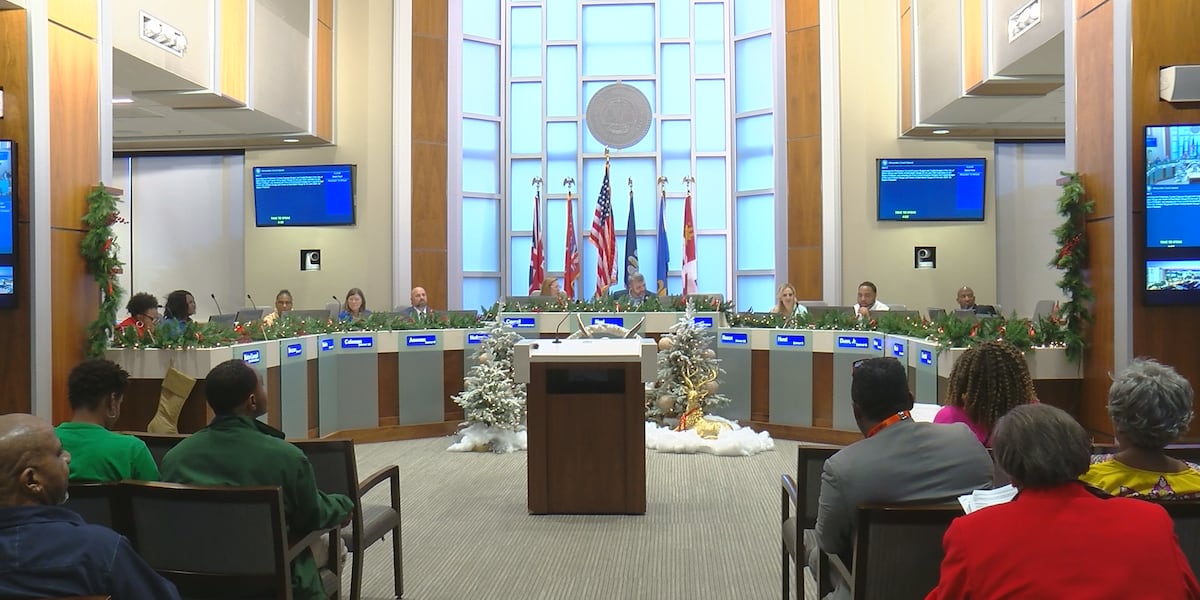Can a 'Yes, In My Backyard' Approach Unlock Better Primary Care for Canadians?

Canadians consistently express a desire for accessible and high-quality primary care. Yet, establishing new primary care practices often faces frustrating hurdles, and surprisingly, many of these aren't dictated by federal regulations. Instead, they stem from local zoning laws, community opposition, and a general resistance to new development – issues that mirror a growing phenomenon in the United States known as the 'Not In My Backyard' (NIMBY) mentality. Could a 'Yes, In My Backyard' (YIMBY) approach, championing proactive development and community acceptance, be the key to unlocking a more robust and readily available primary care system for Canadians?
The current landscape is challenging. Aspiring primary care physicians, nurse practitioners, and other healthcare providers encounter roadblocks when trying to establish practices in desirable locations. Municipal zoning ordinances often restrict the types of businesses allowed in certain areas, inadvertently excluding medical offices. Even when zoning permits medical use, community opposition can arise, fuelled by concerns about increased traffic, noise, or changes to neighbourhood character. These concerns, while often understandable, ultimately hinder the expansion of primary care services.
The U.S. experience with YIMBYism offers a valuable lesson. Initially focused on housing affordability, the YIMBY movement advocates for increased density, streamlined permitting processes, and a more welcoming attitude towards development. The parallels with primary care are striking. Just as housing shortages impact affordability and accessibility, a lack of primary care providers leads to longer wait times, reduced access to preventative services, and increased strain on the healthcare system.
So, what would a YIMBY approach to primary care look like in Canada? Several strategies could be implemented:
- Zoning Reform: Municipalities should review and revise zoning bylaws to explicitly encourage and facilitate the establishment of primary care practices in a wider range of locations. This could include allowing medical offices in mixed-use developments and reducing parking requirements.
- Community Engagement: Proactive community engagement is crucial. Local health authorities and potential practice owners should actively communicate with residents, addressing concerns and highlighting the benefits of increased primary care access. This might involve town hall meetings, information sessions, and opportunities for feedback.
- Incentivizing Development: Governments could offer incentives to encourage the development of primary care facilities, such as tax breaks, grants, or expedited permitting processes.
- Innovative Models of Care: Supporting innovative models of primary care, such as collaborative clinics or virtual care platforms, can help overcome geographical barriers and increase access, especially in underserved communities.
The benefits of a YIMBY approach to primary care are significant. Increased access to primary care leads to improved health outcomes, reduced hospitalizations, and lower healthcare costs. It also supports the development of a thriving healthcare workforce and strengthens communities. Ignoring this opportunity risks perpetuating the current challenges and hindering Canada's ability to provide timely and effective primary care to all citizens.
Ultimately, fostering a 'Yes, In My Backyard' mindset requires a shift in perspective – recognizing that embracing development, including primary care facilities, is an investment in the health and well-being of our communities. It’s time for Canadian policymakers, healthcare providers, and communities to work together to create a more supportive environment for primary care innovation and expansion.

.jpeg?width=1000&auto=webp&quality=75&crop=3:2,smart&trim=)




